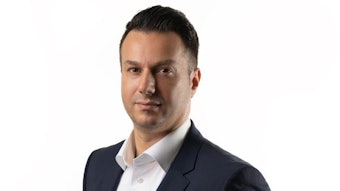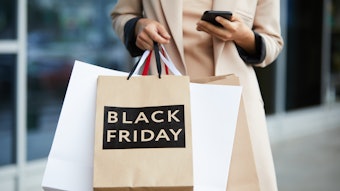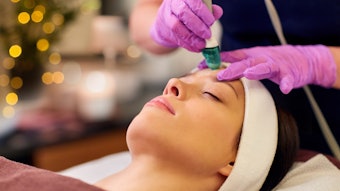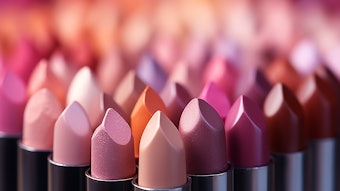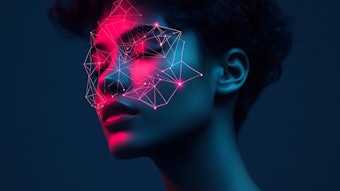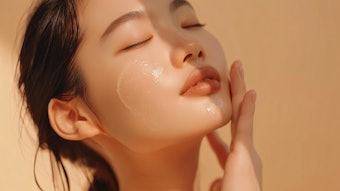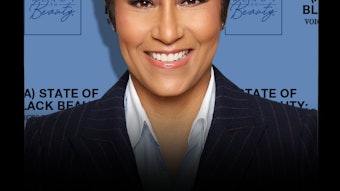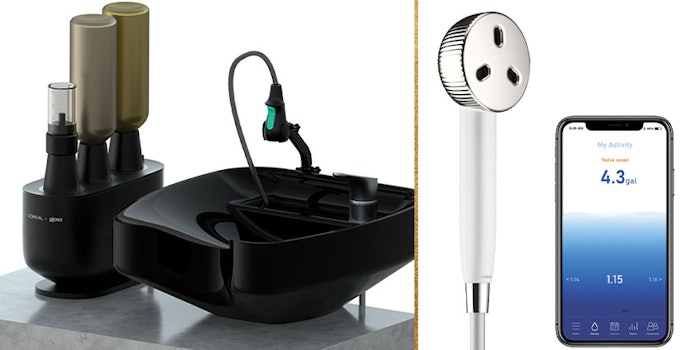
Of course, what we call the “new year” is but an arbitrary point selected along the orbital path of the planet Earth, a symbolic turnover from one distinct time period to another. So it should not be a surprise that, in many aspects, 2021 feels like a seamless continuation of the challenges, turmoil and disruptions of 2020. This is in some ways a good thing, particularly when it comes to inclusion and sustainability.
In the last five years the beauty world and industry in general have come under increasing pressure by the public to put their values front-and-center. From professional sports to social media platforms to retailers and beauty brands, consumers demand to know exactly who they’re buying from.
While this trend accelerated amid the pandemic and escalating political divides, they have continued into 2021. For instance, retailers have highlighted their commitments to clean and sustainable products while outlining their increased support for Black-owned brands. Ipsy, for example, has committed to a $7 million investment into 18 select Black-owned brand partners. Among the 16 brands already confirmed are Beautystat, Mistki, Mented, Uoma, Briogeo and Pat McGrath Labs.
And brands themselves have ramped up their sustainability efforts by launching solid and other waterless formats, introducing refillable product formats, leveraging recycled and upcycled materials for packaging and ingredients, instigating carbon offsets to minimize or eliminate the impacts of production and commerce, initiating social plastic waste collection/recycling programs to benefit impacted communities while boosting sustainability, and much more.
The movement has even reached the heart of the tech world, CES 2021, during which L’Oréal and Gjosa debuted the Water Saver hair care system for the salon and at-home beauty routines, which reportedly reduces water usage by up to 80% by increasing water velocity and reducing droplet size for better absorption and faster rinsing. Salons in New York and Paris will roll out the system through 2022, which could eventually save up to 1 billion gallons of water per year, according to L’Oréal. Savings are captured in a digital data dashboard, giving visibility to the system’s users.
Looking ahead, I expect beauty will continue to intensify and deepen its commitments with ever more transparent and ambitious programs. This is just the beginning.
Jeb Gleason-Allured
Editor in Chief



